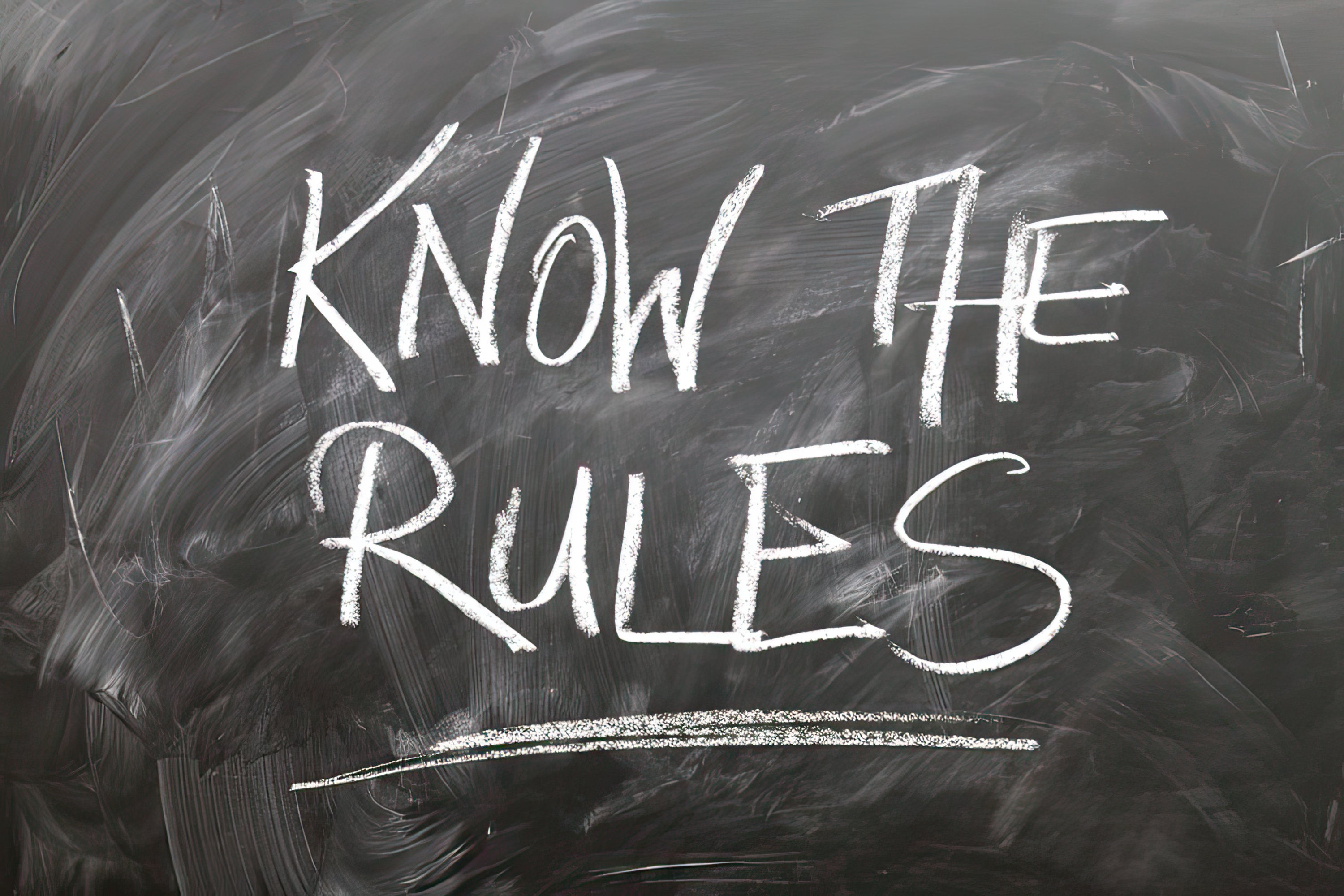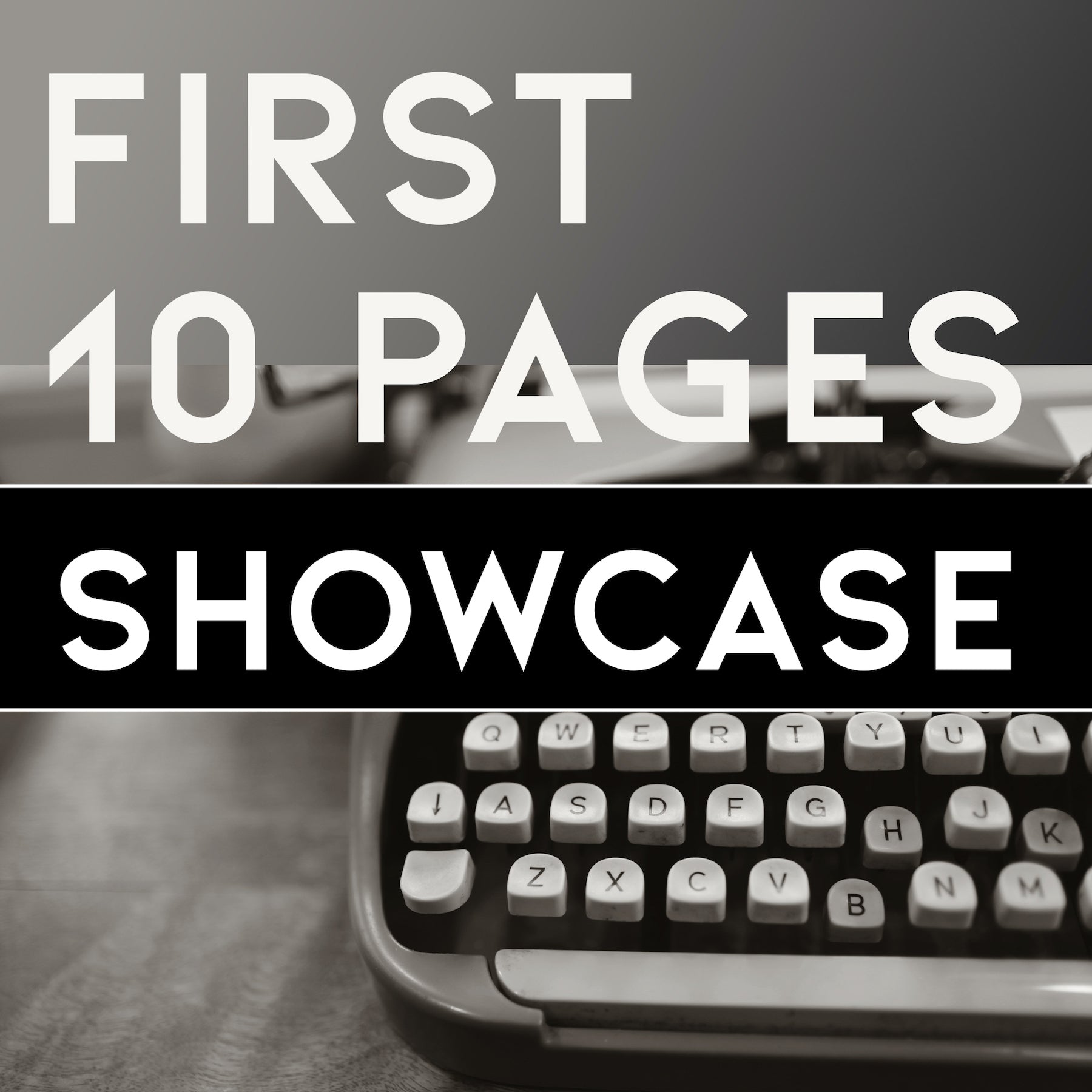
Screenplay Formatting “Rules” When Pitching Your Script
Ensuring your screenplay is professionally formatted is essential when pitching your script to "Hollywood" if you want to avoid the rejection pile. Here are 10 tips to help you format your script correctly.
1. Read Screenplays
The best way to understand correct screenplay formatting is to read professional scripts.
2. Proofread and Edit
Typographical errors and poor grammar and punctuation are major no-no’s. Proofread and edit, then proofread and edit again.
3. The Title Page
The title page should be plain with no graphics, bound by two brass brads or Chicago screws, with the title typed in all caps, located 1/3 of the way down the page followed by “By” or “Original screenplay by” and the writer’s name. Contact information is inserted in the lower left or right corner of the page.
4. Margins & Font Specifications
- The body of the script should be Courier 12, Single Sided, Plain paper.
- Page numbers are placed in the upper right corner. The Title Page is not numbered. Page numbers are ½” from top and 1” in from the right side.
- Scene headings and description (action) is left justified to the left margin.
- Left Margin (“Gutter”) approx. 1½” (to allow for three-hole binding).
- Top, right and bottom margins = approx. 1”.
- Dialogue starts approx. 2½” to 3” from the left edge of the page and is always left justified. A dialogue “block” does not exceed 3 ½” in width.
- Parenthetical starts approx. 3” from left edge of page and does not exceed 2 ¼” in width before “wrapping.”
- Transitions start approx. 6¼” from left edge of the page, or just “outside” the dialogue block.
- Character names used to indicate dialogue are not centered, they are about 4-inches from the left side of the page.
5. Scene Header Format
- Scene headers or Sluglines are capitalized.
- If you use the same header twice, it should be identical throughout the script.
- Triple space between the end of a scene and the next slug line (scene heading).
- Do not widow a scene heading (do not break it at the bottom of a page).
6. Narrative Format
Narrative (also referred to as action or description) should be short paragraphs written in present tense. CHARACTER’S name is capitalized the first time the character is introduced. SOUNDS are also capitalized.
7. Dialogue Format
The use of “Cont’d” is optional when a character speaks over and over. If a page break interrupts dialogue, use “CONTINUED” or “MORE”. In dialogue, spell out times (five-thirty), personal titles (except Mr., Mrs., and Ms.) and one and two-digit numbers (three or more digits can be written numerically).
8. Use Parentheticals Sparingly
Parentheticals (wrylys) are placed below the character’s name before the dialogue. They should only be used for clarity, to indicate another language or as a beat, such as (On the phone).
9. Avoid Camera Directions
Avoid technical terms and camera directions such as WIDE SHOT, CLOSE UP, ANGLE, or INSERT. POV (P.O.V.) is acceptable. The use of “FADE IN:” on page one and “FADE OUT.” at the end of the script is still a standard convention.
10. Extra Tips
- Don’t break a sentence from one page to the next.
- Don’t over-use ellipsis (three dots) to indicate pauses.
- Scene numbers aren’t required in reading drafts.
- Don’t “cheat the page count” by adding extra space to increase your page count, or cram more on the page to decrease the count.
- Avoid excessive use of bold, underscore, and italics.
The Correct Use of an Ellipsis in a Screenplay
There are only two "correct" uses for an ellipsis in screenwriting:
1. To indicate that a character’s dialogue has trailed off
“Before you leave, I just want to say… “
2. To indicate that a character’s dialogue is mid-speech.
“… In other news, Mayor McDonald was re-elected today.”
The correct formatting for an ellipsis is three periods followed by a single space.
Using INSERT in Your Screenplay
INSERT is a shot heading that gives camera direction – indicating a close-up shot of a specific prop.
For example:
JANE
opens the gift box and removes a book
INSERT – BOOK
the cover reads “How to Lose 100 Pounds in 5 weeks”
BACK TO SCENE
Jane throws the book across the room.
It’s always best to avoid camera direction in a spec script.
It’s okay to call attention to the item in the narrative, which is a subtle form of camera direction – a way to lead the reader to see what you want him to notice.
Punctuation in Screenplays (and Using Dashes)
Generally, punctuation rules are the same for any type of writing (you may see a few variations based on which manual an editor uses, for example the Associated Press or The Chicago Manual of Style).
When it comes to the dash, there are two types of dashes, the em-dash and the en-dash. The en-dash is the width of the letter “n” and the em-dash is the width of the letter “m”. The em-dash can be written as one long extended dash (–) or two single dashes (--), always with a space before and after.
The en-dash is used to designate a range or when one part of an open compound is made up of two words, such as:
“I work from 8-5 every day.”
“The score was 3-1 at halftime.”
“Robert is an Academy Award-winning screenwriter.” (Note that the en-dash signifies the inclusion of Academy in the open compound, whereas a hyphen only includes the joined words.)
The em-dash is used most often to indicate emphasis or interruption. Commas and parenthesis are also used to enclose parenthetical elements. The difference is em-dashes mark a sharper disruption than commas and parenthesis indicate a still sharper one than em-dashes. The em-dash is also used for attribution (such as the usage above attributing Robert Hosking to today’s question) and as part of each slugline. Writing a well-structured, compelling script is the goal -- so don’t get too hung up on em-dashes.
Some screenwriters use em-dashes more than others. Shane Black may be the king of em-dashes when it comes to using them in description and action lines. You can view numerous examples in his script for Lethal Weapon (which you can download here).
Screenwriter David Marconi also likes the em-dash, as noted in this scene from Enemy of the State:
INT. CRYSTAL CITY, VIRGINIA, TALL OFFICE BLDG. - DAY
A well-appointed big-city law office filled with citations of merit and pictures of a wife and child. ROBERT DEAN, a likable young lawyer, sits behind his desk with his back to an OLDER MAN. He stares at a commanding view of Washington, D.C. as he listens to a tired, smoke and whiskey voice.
OLDER MAN (L.T.)
I don't know how much longer we can hold out, Mr. Dean.
DEAN
I don't know, either, L.T. Maybe you guys should get yourself a labor lawyer.
L.T.
Well that's why I'm here, Mr. Dean. 'Cause you're a labor lawyer.
DEAN
Good point.
L.T.
Last night, Larry Spinks, he works the Steel Press, he goes to a bar with his wife Rosalie to have a glass of chianti 'cause it's his birthday, and these two guys, these Guido mother-fuckers, they jump him when he goes to the bathroom.
DEAN
L.T., in this office I'd prefer you say Italian-Americans.
L.T.
I'm sorry, Mr. Dean. But Larry's in St. Lukes now, so I'm a little -- I'm not myself. The Union bosses say unless we take Bellmoth's offer, it'll only get worse.
DEAN
That's because your Union bosses are those Guido mother-fuckers.
L.T.
I don't under --
DEAN
The Union's trying to railroad you into accepting terms worse than what you have now.
L.T.
Why would the Union --
Dean swivels around in his chair and faces L.T.
DEAN
Because they've been paid off by Bellmoth.
L.T.
Mr. Dean --
DEAN
My name's Bobby. I'm your lawyer. Don't do anything 'till I talk to you.
Dean gets up and walks a grateful L.T. to the door, calling to his secretary as they go --
DEAN (CONT'D)
(calling)
Martha! Larry Spinks, St. Lukes. Send him a case of chianti from the firm. And send his wife Rosalie some flowers.










